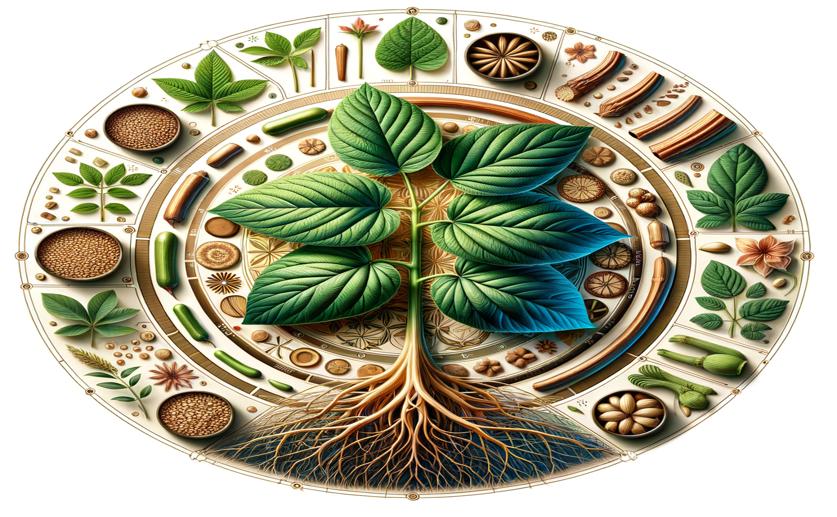
Evaluating the Quality and Traits of a New Licorice Hybrid Cultivar
Greg Howard
23rd May, 2024

Image Source: Natural Science News, 2024
Key Findings
- Researchers at Osaka Medical and Pharmaceutical University developed a new licorice cultivar, strain C-18, by hybridizing Glycyrrhiza uralensis and Glycyrrhiza glabra
- Strain C-18 combines high glycyrrhizin content (3.61%) from G. uralensis with the robust growth of G. glabra, making it valuable for pharmaceutical use
- The hybrid strain retains some chemical characteristics of G. uralensis and introduces unique compounds, enhancing its potential therapeutic benefits
AgricultureBiochemPlant Science
References
Main Study
1) Chemical quality evaluation and characteristics of interspecific hybrid (G. uralensis × G. glabra) C-18 strain as a new Licorice cultivar.
Published 22nd May, 2024
https://doi.org/10.1007/s11418-024-01819-w
Related Studies
2) A review on the plant resources of important medicinal licorice.
3) Constituent properties of licorices derived from Glycyrrhiza uralensis, G. glabra, or G. inflata identified by genetic information.
Journal: Biological & pharmaceutical bulletin, Issue: Vol 30, Issue 7, Jul 2007
4) Biosynthesis-Based Quantitative Analysis of 151 Secondary Metabolites of Licorice To Differentiate Medicinal Glycyrrhiza Species and Their Hybrids.



 21st May, 2024 | Jenn Hoskins
21st May, 2024 | Jenn Hoskins